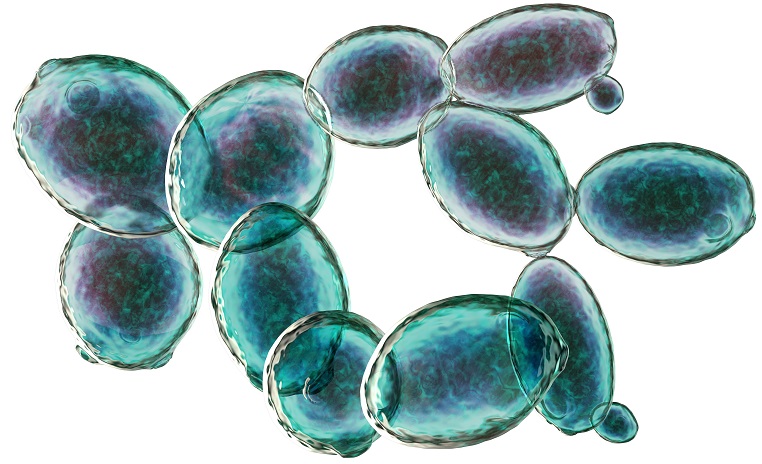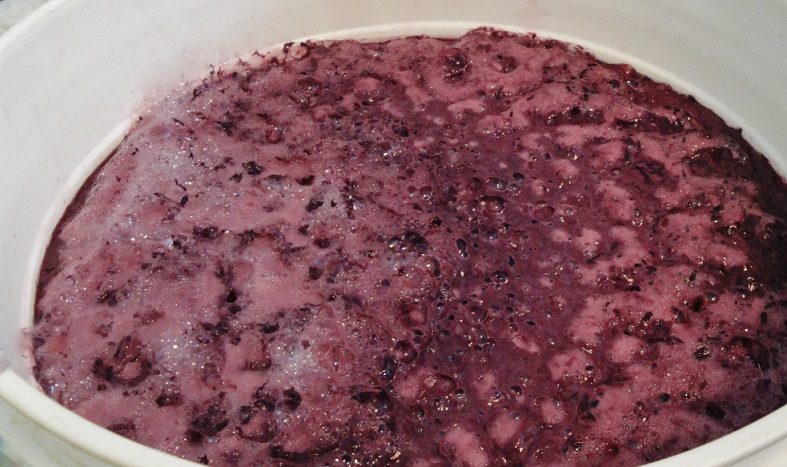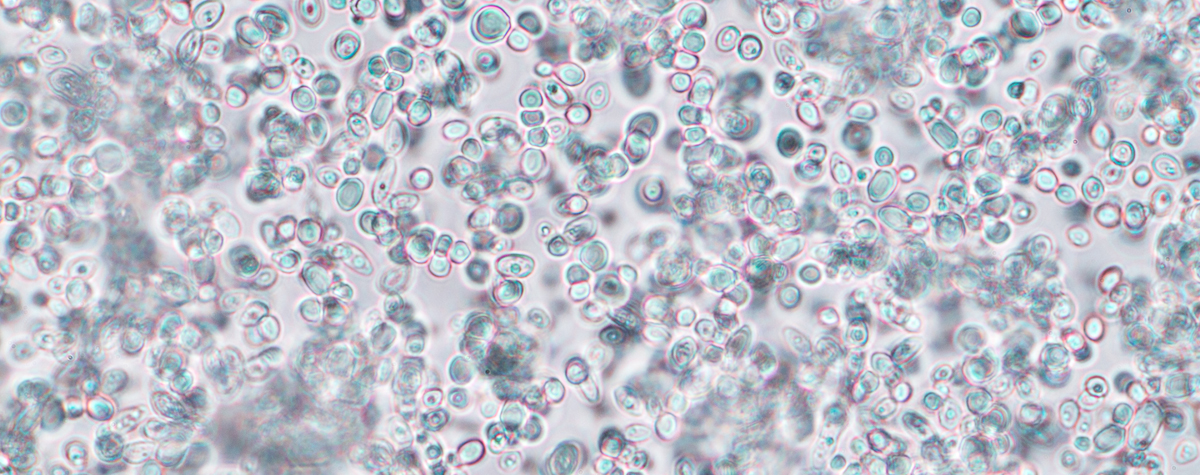Starmerella bacillaris is present as an indigenous yeast in many wine regions and displays strain diversity based on location rather than cultivar (Wang C 2015). It can be persistent in the winery (Grangteau C 2016) and has been shown to reduce ethanol by 0.2-0.3%v/v without the negative effects on aroma compounds experienced with other alcohol reduction methods (Rolle L 2017).

Below are some highlights from the most recent research in this area.
Here is a collaborative study between researchers in Italy and France:
Food Chemistry:2018:257 p350-360:Englezos V 2018:Volatile profile of white wines fermented with sequential inoculation of Starmerella bacillaris and Saccharomyces cerevisiae
Key findings: Sequential inoculation of Starmerella bacillaris and Saccharomyces cerevisiae (pictured) leads to significant increases in esters and thiols in Sauvignon Blanc wines.
And a follow-up study from the same team…
Food Research International:2019:122 p392-401:Englezos V 2019:Saccharomyces cerevisiae-Starmerella bacillaris strains interaction modulates chemical and volatile profile in red wine mixed fermentations
Key findings: Fermentations using a mixture of Starmerella bacillaris and Saccharomyces cerevisiae significantly reduced ethanol content, acetic acid and ethyl acetate. Mixed fermentations also increased glycerol (mouthfeel), higher alcohols, and esters (typically associated with fruit aromas).
Here is a study from Greece on Cretan wines:
Food Research International:2018:111 p498-508:Nisiotou A 2018:The use of indigenous Saccharomyces cerevisiae and Starmerella bacillaris strains as a tool to create chemical complexity in local wines
Key findings: The order of inoculation resulted in significant differences in wine aroma compounds, sequential inoculation starting with Starmerella bacillaris followed by Saccharomyces cerevisiae showed the greatest change in glycerol, acetic acid, acetaldehyde, residual glucose, malic acid, ethyl acetate and higher alcohols; fermentations involving Starmerella bacillaris were slower.
As the potential of Starmerella bacillaris is becoming clearer, the focus is shifting to commercialisation and process optimisation.

A laboratory study from Spain:
Annals of Microbiology:2018:Online September 2018:Domenech G R 2018:Enhancing the tolerance of the Starmerella bacillaris wine strain to dehydration stress
Key findings: A protocol was developed to produce Starmerella bacillaris in an active dried yeast form for ease of application in sequential inoculations; the active dried yeast form did not result in any changes to major volatile compounds when compared to active inoculations.
The following two studies reveal the role of different nitrogen sources in process optimisation and aroma development:
Applied and Environmental Microbiology:2018:Online August 2018:Englezos V 2018:Specific Phenotypic Traits of Starmerella bacillaris Related to Nitrogen Source Consumption and Central Carbon Metabolite Production during Wine Fermentation
Key findings: Starmerella bacillaris strains showed differentiation in preference for ammonium forms of nitrogen compared to amino acids.
Food Microbiology:2018:74 p64-74:Gonzalez B 2018:The production of aromatic alcohols in non-Saccharomyces wine yeast is modulated by nutrient availability
Key findings: Aromatic alcohol (tryptophol, phenylethanol, tyrosol) production increased with decreasing nitrogen supply, decreased with decreasing glucose supply and increased with increasing amino acid supply.
What about its impact on MLF?
Non-Saccharomyces yeasts, including Starmerella bacillaris, are also being studied as a means to reduce the concentration of compounds produced by Saccharomyces cerevisiae, which are antagonistic to Oenococcus oeni (inhibition of malolactic fermentation).Here is a further study from Spain:
Food Microbiology:2018:74 p64-74:Gonzalez B 2018:The production of aromatic alcohols in non-Saccharomyces wine yeast is modulated by nutrient availability
Key findings: Non-Saccharomyces increased the concentration of citric acid, pyruvic acid, peptides, glucans and mannoproteins (considered to be favourable to MLF). Ethanol and medium chain fatty acids (considered to be unfavourable to MLF) were reduced.
So watch this space! We haven’t heard the last of Starmerella bacillaris!
James Wright is an international viticulture and management consultant and author of www.vitisynth.com and the newsletter VitiSynthesis.













.png)






